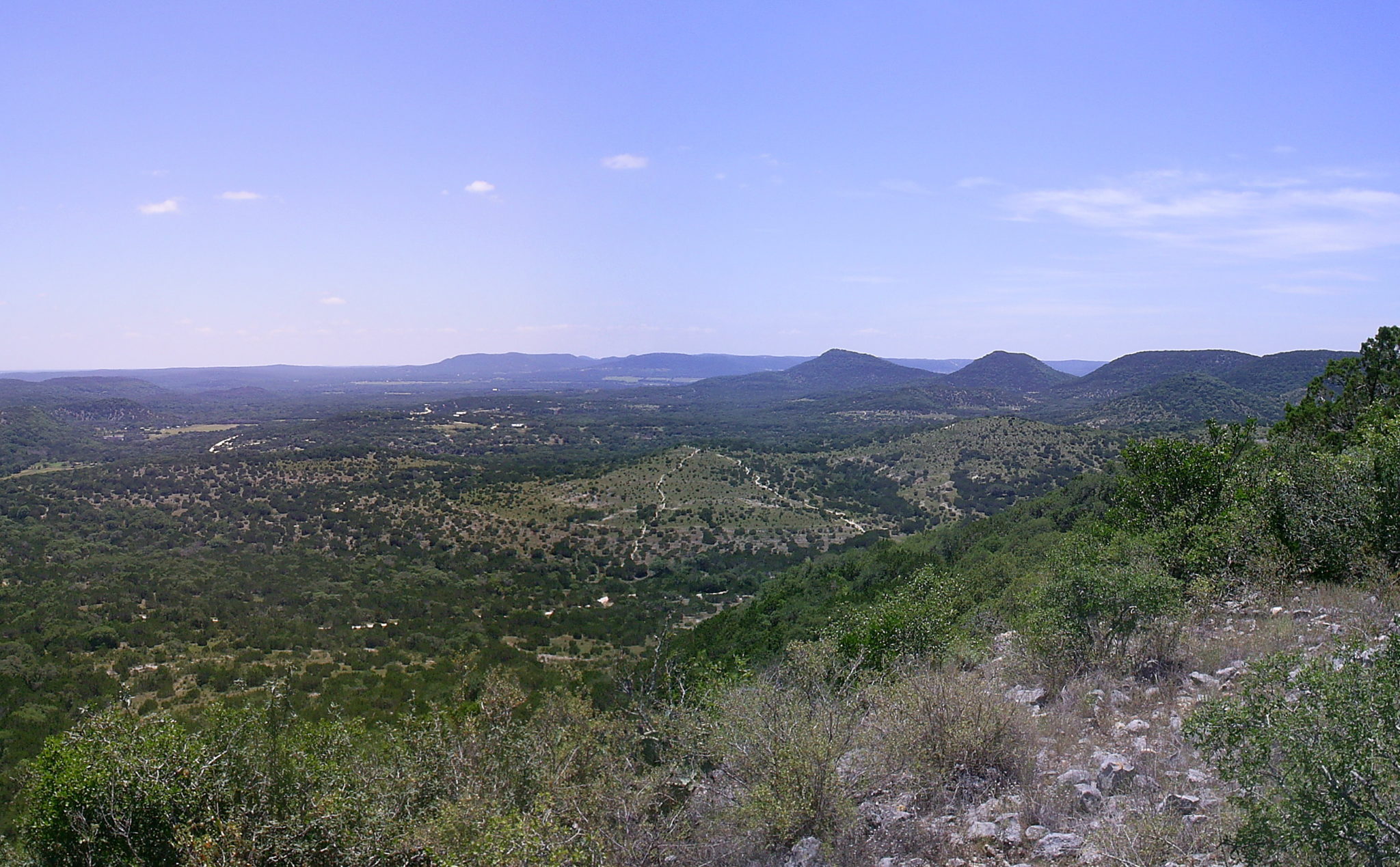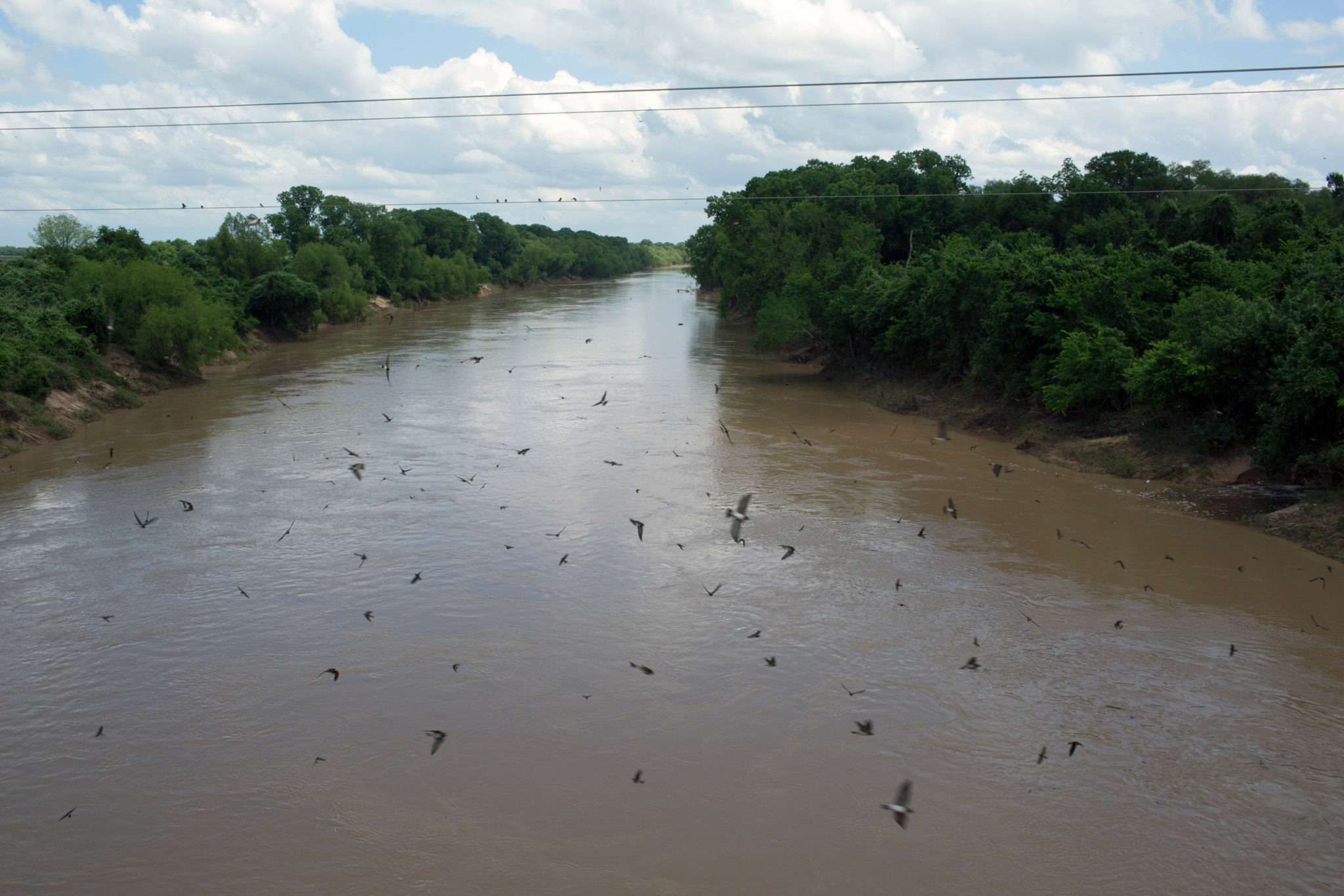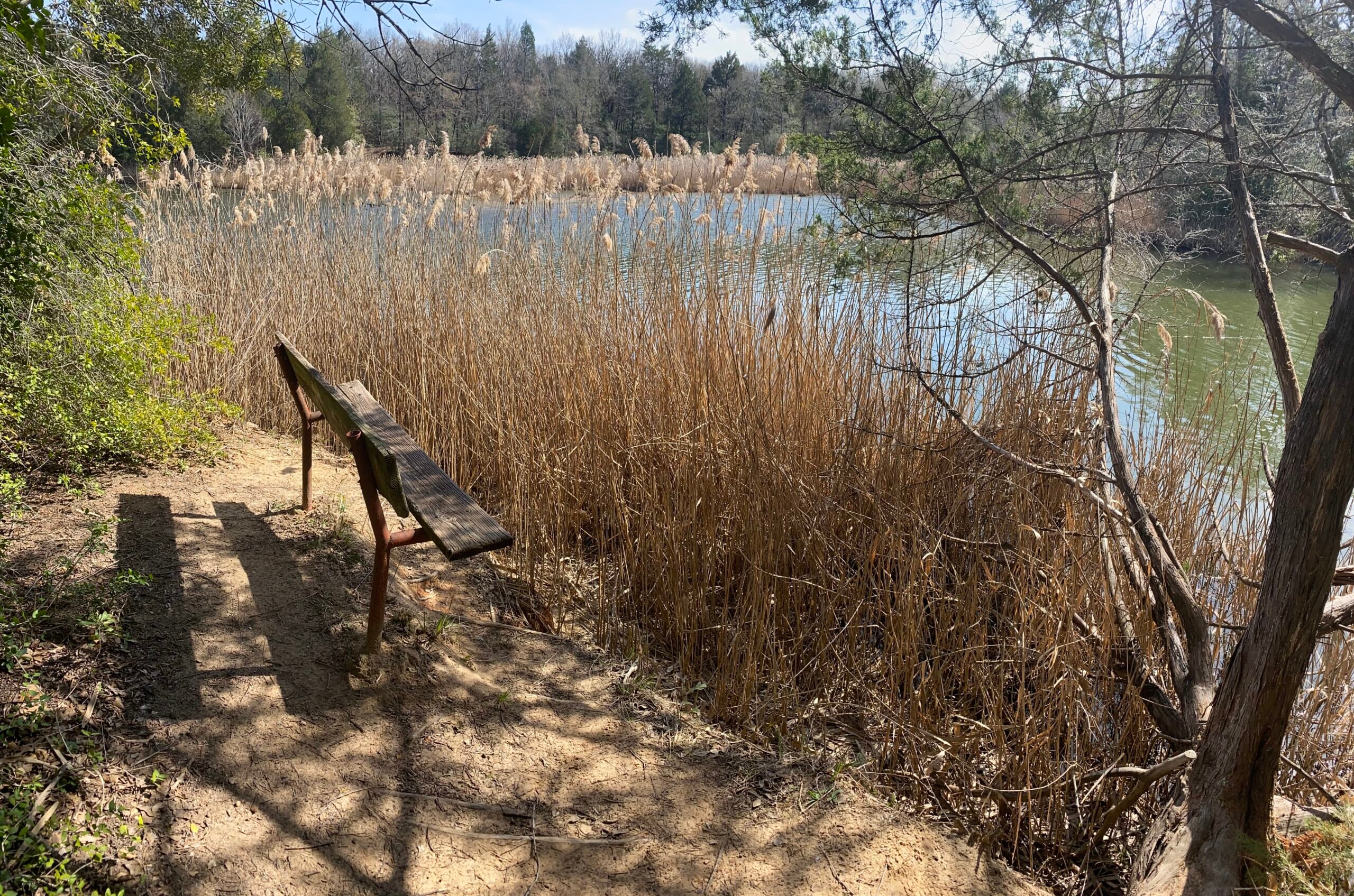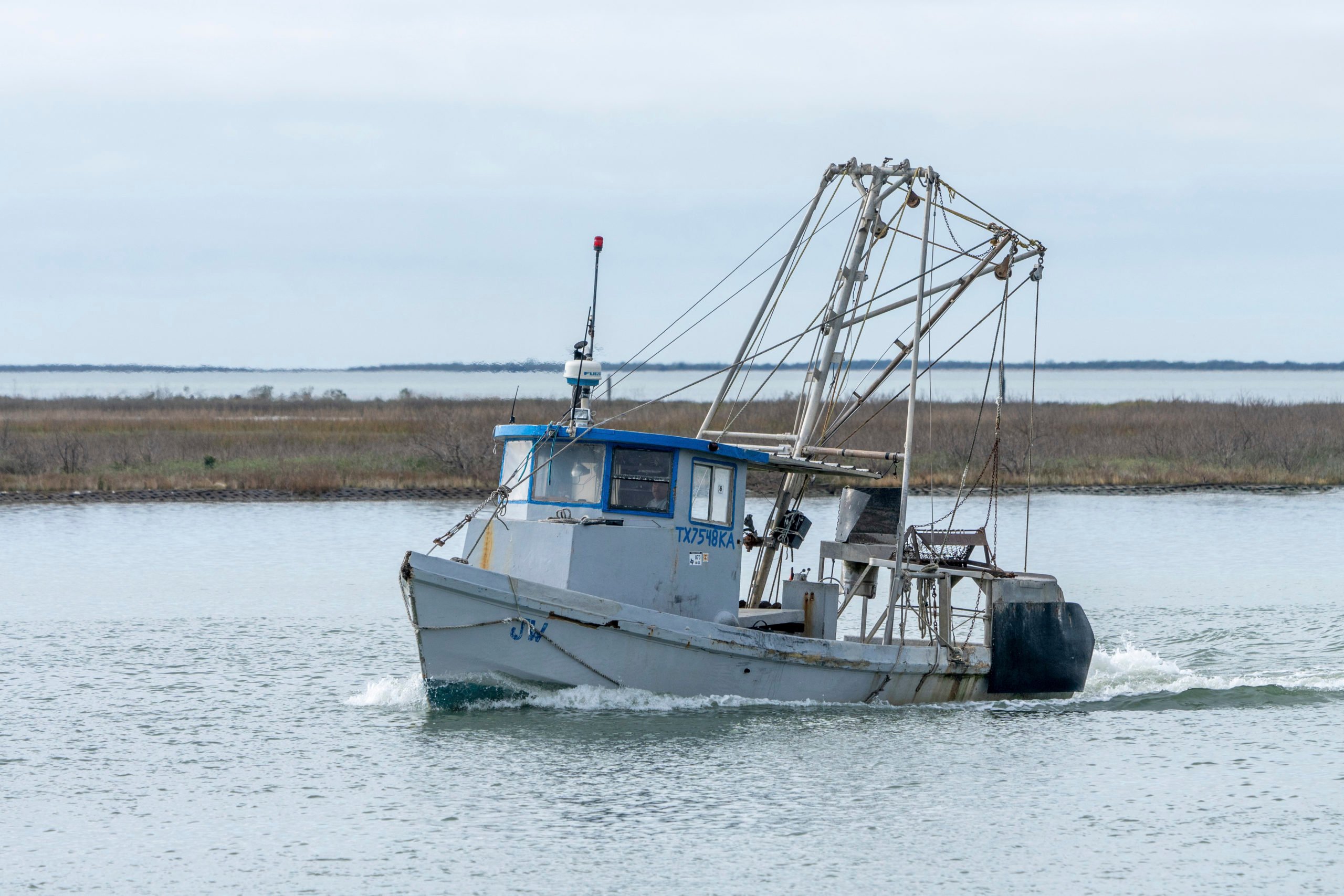
As Development Transforms the Hill Country, a Sand Mining Operation Worries Residents
A local dispute over a company’s proposal to dredge 900,000 tons of river sand is the latest sign of rampant growth in the Hill Country.

Nowhere else on the planet is quite like the Texas Hill Country. The 17-county region is home to more than a dozen endangered species and the largest bat colony on the globe. Tourists flock to the area’s verdant countryside and sparkling creeks, which sit atop the Edwards Aquifer — a sensitive groundwater system that sustains more than 2 million Texans.
But as development booms along the I-35 corridor from Austin to San Antonio, the Hill Country has faced the negative consequences of rampant growth. Ranches have been paved over with subdivisions. Towns are fighting over water. To support thousands of new residents, concrete plants, truck stops and other signs of industry are cropping up in previously undeveloped places.
The sleepy town of Sunrise Beach Village and its neighbors in southern Llano County are now feeling the pinch of that unplanned growth. Collier Materials, a sand mining company that supplies the construction industry, has proposed digging up 900,000 tons of sand per year from Sandy Creek to produce concrete that may ultimately be used to pave over more of the Hill Country. The creek drains into Lake Lyndon B. Johnson on the Colorado River and is mostly untouched by development.
“It’ll affect everything about our way of life.”
Sand mining can have detrimental effects on the ecological habitat of a river, killing fish populations and rare mussel species. In Houston, critics of the sand mining industry have blamed dredging along the San Jacinto River for worsening flooding during Hurricane Harvey. Llano County residents, who depend on Sandy Creek as a source of water for household use and ranching, worry that the sand mining operation will tear up the riverbed, deplete groundwater and bring truck traffic to an otherwise quiet area. Perhaps most importantly, they worry the facility would send a message to other industries that Llano County is open for business.
“It’ll affect everything about our way of life,” said Binky la Faye, a seventh-generation Texan whose family has owned the property adjacent to the proposed sand mining operation for 150 years. “It’ll affect the flow of the creek, the serenity, the wildlife.”
While surface sand mining for fracking in the desert lands of West Texas has exploded in the last two years, sand mining in Texas’ rivers is still rare, especially in the Hill Country. According to Josh Havens, a Texas Parks and Wildlife Department spokesperson, only four permits for removal of gravel and sand from river beds have been granted statewide in the last decade. Three of those permits are currently active and are for sand mining in the Brazos River.

Kevin Collier, vice president of Collier Materials, told the Observer that the sand mining operation will be beneficial to residents. Sand in the creek is building up and removing it will increase waterfront property values, he said. Concerns about noise are also overblown, Collier added, because the rock crusher his company plans to use is very quiet and they will install equipment to reduce noise.
Collier Materials has an air quality permit pending before the Texas Commission on Environmental Quality. Though the permit states the facility would have “maximum production limits” of 900,000 tons of sand a year and a “maximum operating schedule” of 24 hours a day and 365 days a year, Collier says they’ll only produce about half that amount of sand, without working nights or weekends. Still, the company is a long way from dredging in Sandy Creek. It hasn’t yet secured the permits it needs to operate from the U.S. Army Corps of Engineers, Texas Parks and Wildlife Department, Lower Colorado River Authority and Llano County’s floodplain management team. Collier said he plans to file for them soon.
Local organizer Brock Stapper said he worries the sand mining operation will open doors to other industries and that Llano will have to contend with unplanned, ad hoc growth more frequently seen in suburbs. “We’re setting a precedent that we’ve given up,” he said.
“Llano County has fought growth for so long and … the quality of life has been better as a result,” said Stapper. “As a community, we have to decide what growth is beneficial to the community and what growth we don’t want.”


